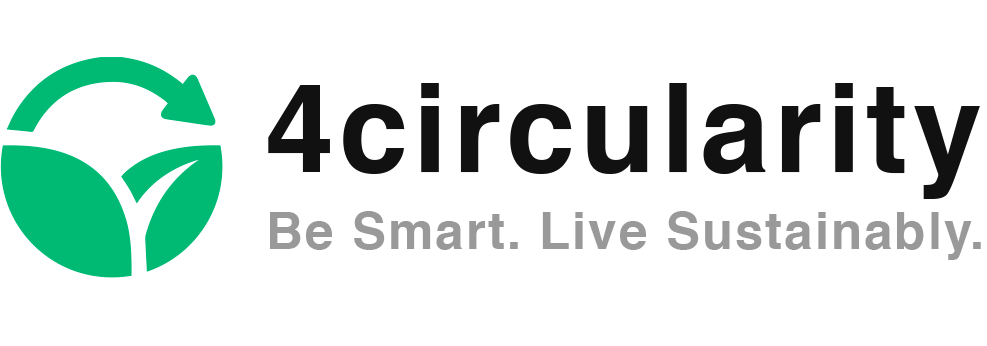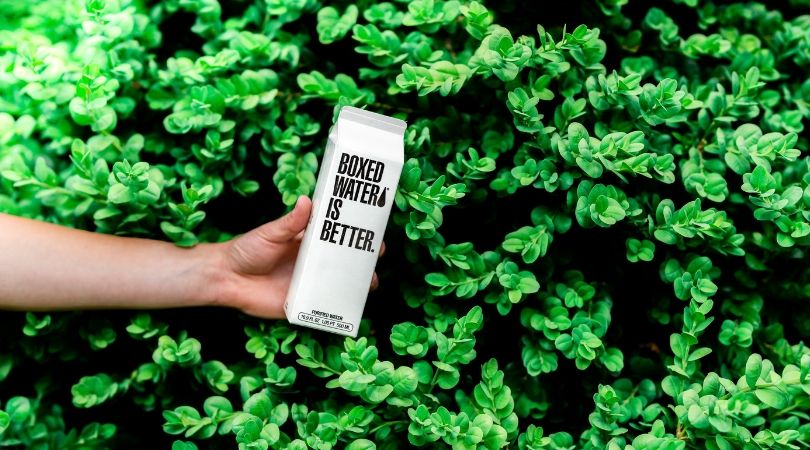Our consumption habits needs to change for the planet, but how can we affect to consumers’ consumption habits while making sure that everyone are included and able to afford to the sustainable lifestyle? Is it completely unrealistic to assume that we all have the same options for making choices?
The sustainability thinking means in practice conscious decisions in buying products and services that are high quality, long-lasting and made from renewable, recycled or bio-based materials. Consumption habits are habits that have composed of repetitive consumption patterns that are used frequently and without much consciousness.
What we tend to read often is that we all as consumers have a choice to choose, for example, textiles that are made from renewable materials and designed for higher durability and longer use and that are traceable to their origin but from my opinion that is not completely true. I think that this should be an ultimate objective for companies where they aim to go, but where all of them certainly aren’t yet. Consumers should not be left thinking that only they are controlling the choices they make. It is 100% companies responsibility to provide sustainability, durability and traceability for their services and products and also give affordable prices to achieve the common goal in the switch to sustainable lifestyle. In order to succeed in that, we need fast actions from politicians in the global policy making and regulations.
If sustainability and carbon neutrality are the common goals, it should be managed in a way that consumers don’t need to consume more money than usual. What consumers are ready to pay for products including reused or recycled contents should be taken effectively into account. Also what is the image consumers have on products including reused or recycled contents should be made “cool” and “the best option”. Without these aspects consumers keep buying new products made from virgin raw materials.
As highlighted, with sustainability and resource efficiency comes a price. Developing new materials and creating innovative solutions is a time consuming process and investments in new manufacturing equipment can take a lot of companies’ revenues. This has a direct impact to the sustainable product range by affecting the prices. And that leads to the fact that sustainable lifestyle today has still a “bigger price tag” than the lifestyle that was before called as “normal”.
UN Sustainable Development Goals – SDG12 – Sustainable consumption and production
The United Nations (UN) Sustainable Development Goals’ (SDGs) identify the sustainable consumption and production as one of the seventeen main goals for 2030. The SDG number 12 aims at ensuring sustainable consumption and production patterns. It is one of the greatest global challenges to integrate sustainability with economic growth. The global consumption rate is increasing in an uncontrollable speed but our planet has its strict boundaries which are already radically bending from its joints.
The UN Environment studies state that if the global population reaches 9.6 billion by 2050, the equivalent of almost three planets could be required to provide the natural resources needed to sustain current lifestyles. These facts are really shocking and frightening. Without urgent political actions it has been evaluated that the global resource extraction will grow to 190 billion tons by 2060 (in 2017 the equivalent was 92.1 billion tons which is more than half of it).
However, the SDG 12 targets doesn’t really give any guidelines for countries to ensure that the prices of sustainable lifestyle for consumers stays reasonable. I find this as a shortage in the definitions of the sustainable consumption and production targets that should have been clearly taken into account. Obviously from political point of view it is very important to make sustainable production and development as attractive as possible for businesses.
As a result, businesses have increasingly realized the benefits of cleaner and safer production as well as resource efficiency and reporting on corporate social responsibility. These solutions has opened up a huge range of opportunities for businesses who can foster their reputation, satisfy society’s expectations and protect customer relationships. The opportunities go far beyond the effective production systems by also helping to keep the best talents in the company. However I still think that effective policies are needed to regulate sustainable economy. If you are interested to read more about the SDG12 and its targets, go to United Nations Environment Programme website.
How consumption habits can be affected?
There are many ways to affect consumption habits and its evolution exits but what I am very worried about is who can afford it. Who can afford heating their apartment with biogas instead of cheaper natural gas? Who can afford buying locally cultivated, pesticide-free vegetables and fruits from a local “bio-shop”? Who can use only products made from recycled waste materials which are obviously still more expensive than products made from virgin materials? Who is responsible of the integration of sustainability and businesses’ money making objectives in a responsible way?
Private sector investors are in a big role in achieving the Sustainable Development Goals. In order to get private investors involved there must be a guarantee that money will be made. In addition to money they can gain advantage over competitors by being transparent and providing products and services consumers are willing to buy.
Greening and environmental responsibility should be something that companies value at the same time as they make business. It needs to be part to the business strategy if not the ground of the whole business plan.
In relation to this, it has been a pleasure to see how the sustainability and low carbon economy targets have affected in creation of completely new businesses around it. Nevertheless the businesses should provide affordable, sustainable options for everybody’s availability. The more there is demand the less costs there are in production and scaling becomes possible. It all starts in a small scale and we, as consumers, can choose the more greener option for the planet.
Smart choices and learning to let go
Material don’t make us happy or more successful, it’s the smart living and the sustainable use of material that does. More we own material, less we value it. Do we really want to live like this? It is pretty simple, we must stop buying things that we don’t need. Refusing and reducing are the two most valuable actions that each of us should make in our everyday life. What you cannot refuse or reduce you should recycle. Keeping in mind these three actions, can reduce our carbon footprint in various ways.
Make the effort
Let’s be honest, humans are fundamentally lazy. However we all have our personal and professional constrains.
Everyday we need to make an effort to take a shower, to go to work or school, to eat and to sleep. Sustainable lifestyle doesn’t make any difference in that. It requires as much making efforts as planning a next career move, for example. It requires planning, anticipation and imagination.
Depending where we live can complicate things even more. The sustainable development is more advanced in some countries than others and this can make things complicated for consumers. Living “bio”, for example, is less expensive in the country side than in big cities or capitals. You might be very sustainable in your daily life in your home country but whilst travelling the daily routines can quickly get up side down.
The reason is due to that sometimes in the destination it is not possible to go through your usual sorting and recycling routines like back home or it has been made very difficult for consumers. If waste collection points are placed far by crowded areas, such as beaches and parks, you are forced to invoke to those single bins that have all kinds of waste in the same plastic bag. Installing proper multi-bin sorting areas in crowded places requires investments but it is not impossible to put in place.
From my opinion if big cities have money to install drinking water fountains for tourists to refill their water bottles, they should have budget for multi-bin sorting points at least in the most popular areas where the amount of passing by citizens and tourists is big.
It is evident that there is still much to be done from the policy makers part. New regulations are needed faster than ever to ban virgin plastics and single use products and replace them by using recycled plastics, reducing carbon emissions and providing affordable sustainable products and services to name a few. However everything starts from zero and each of us can make an impact by changing our consumption habits little by little.
“Less is more” applies to many things in life.
By making more responsible choices we can all make an impact in the society and help tackling the climate crisis. Let’s make our society more sustainable by making smart choices.
Some sources:
UN Environment Program - Sustainable Development Goals - SDG 12


I will read all your blog this evening lovely Tuuli:-)
As you said, they are more able to make the switch for us first, they have to think sustainability and durability in first place. Well I think more and more brands in fashion industrie, are coming to sustainability. So inevitably, prices will go down. But for now, not everyone can afford it…
Thank you for your comment Michéle. It is true that traditional businesses are more and more prioritazing sustainability in their business models. However, identifying the risks the company’s actions have to the environment, and the society, as well as the opportunities for making the change, requires long-term goals. Short-term, profits based linear business models where shareholders’ opinion is mostly listened would need to be revised. It requires courage to be a changemaker. Brave decisions must be done. The more regulations are set and businesses go for sustainability, the faster also prices go down. How important sustainability is from your opinion? What kind of changes have you done towards living more sustainably?
Happy to hear from your thoughts 🙂
At my scale, I try to limit every purchase. Household appliances, eletronics, furnitures, clothes… I think using everything until it dies, not buying each time a new one just to satisfy a craving for new pretty thing is a mind of state toward sustainability. I always try to see if it’s possible to buy second hand or reconditionned before going for brand new. As you said, “Less is more” , less you own, less you use, and less you produce waste.